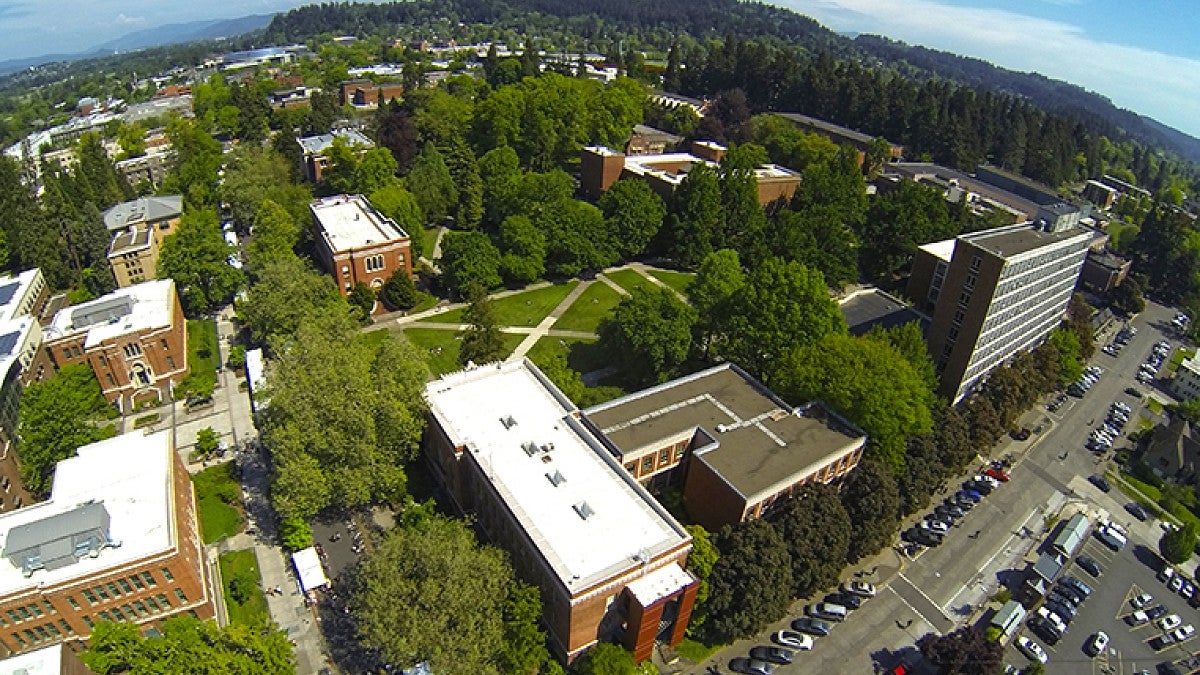As the University of Oregon prepares to serve more students in the coming years, the institution is moving forward with planning for a new 60,000-square-foot classroom and faculty office building.
The facility, which is highlighted in the university’s 10-year capital plan, will be home to faculty members in the College of Arts and Sciences and College of Design and will also provide significant new classroom capacity, if ultimately approved by the Board of Trustees of the University of Oregon.
“The UO plans to modestly and smartly grow over the next decade, and we absolutely must have additional, state-of-the-art classroom space as well as faculty office space to accommodate that growth and serve our students,” said Jayanth Banavar, provost and senior vice president. “This would add approximately 750 classroom seats and create valuable academic space that will position us for success as we welcome new Ducks year after year.”
The proposed $45 million project is in the predesign phase, with selection of an architect expected in May and a site identified next fall. If approved, the building is tentatively scheduled to open at the beginning of summer 2021 and would be funded through university resources and philanthropy.
“We are eager to create a collaborative environment that helps our students and faculty thrive,” said Christoph Lindner, dean of the College of Design. “It is no secret that quality office and classroom space is in great demand across campus. This facility will be a welcome addition for those who have been in need of more a more appropriate workspace, and it will materially benefit our teaching and research.”
The new building would likely house three units from the College of Arts and Sciences — the environmental studies program, the Department of Geography and the Center for Environmental Futures, which was recently formed by the leadership of the environmental humanities program. It would also become the new home to the School of Planning and Public Policy and Management, which includes the Sustainable Cities Initiative, from the College of Design.
“By bringing together core programs that explore the intersection of the environment and society, the UO has the opportunity to create a collaborative home for students and faculty who want to understand the complex interplay of people and nature,” said W. Andrew Marcus, Tykeson Dean of Arts and Sciences. “And, much like Tykeson Hall, this facility speaks to the university’s deep commitment to the training and success of students who, at Oregon, have a long history of pursing environmental studies and careers.”
Chuck Triplett, assistant vice president for initiatives and collaborations, will serve as the project chair.
—By Tobin Klinger, University Communications


